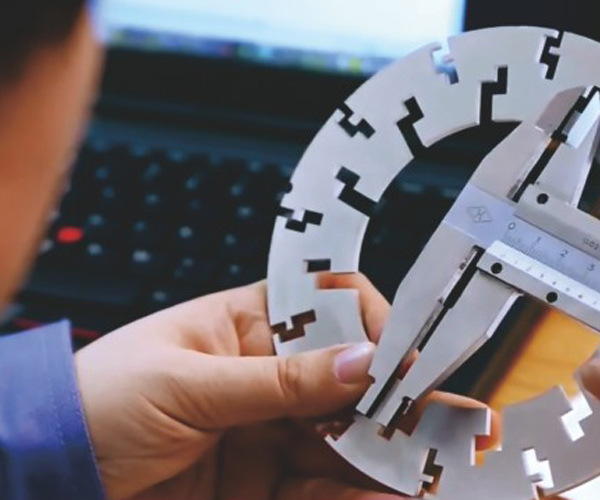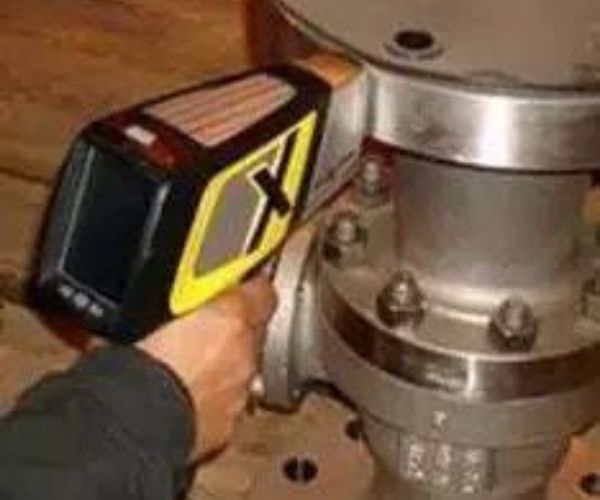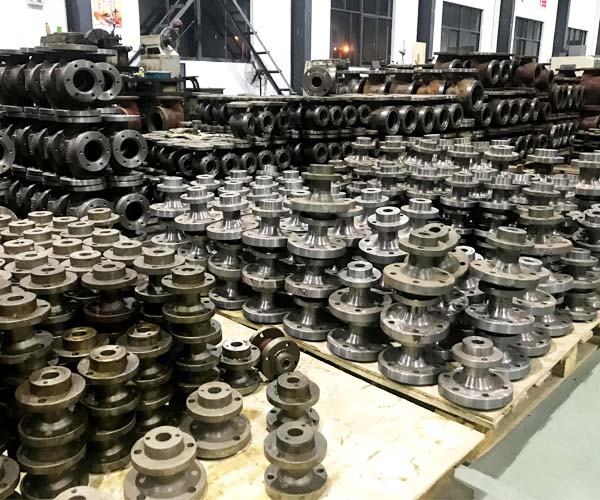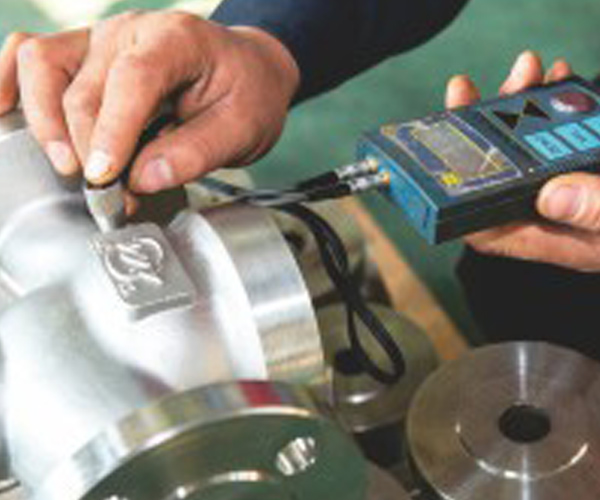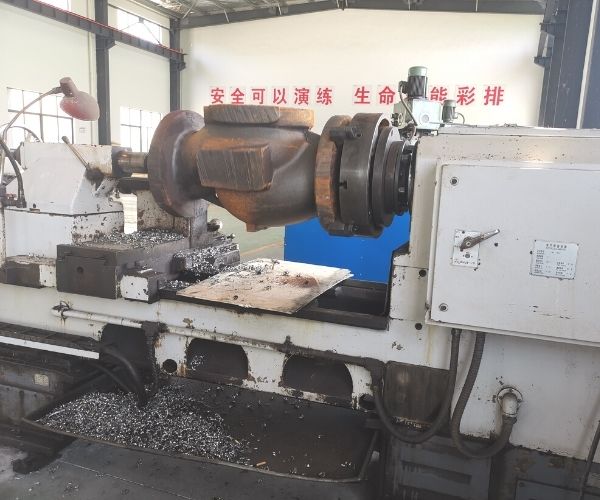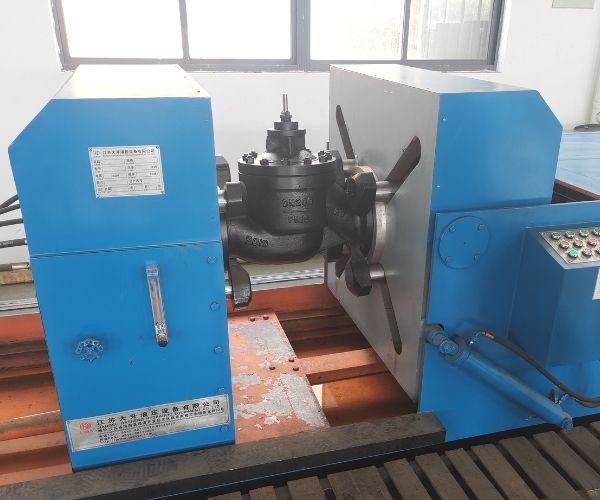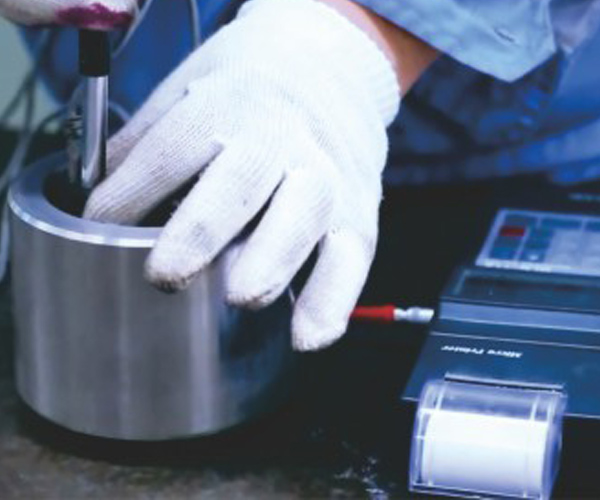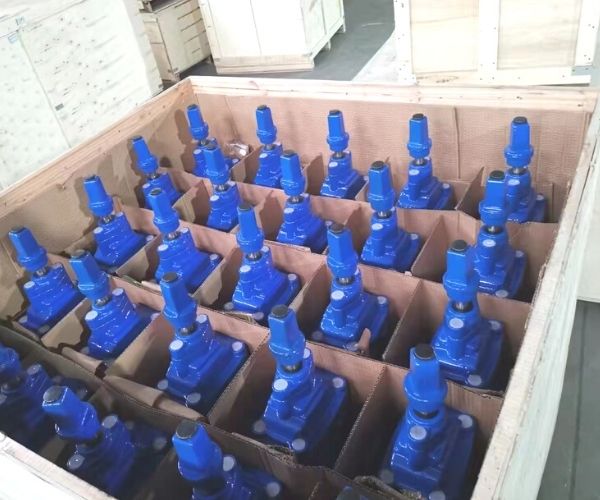Professional Non-Return Valve Manufacturer
- Reduce downtime and lack of production.
- Increase strength savings.
- Low-strain drop.
- Maintenance-friendly.
- Reduce unexpected valve failure.
Get in Touch with Us
BCST your Non Return Valve Supplier from China
BCST non-return valves commonly permit liquid or fueloline to float thru them in simplest one direction. Non-return valves have openings withinside the body, one for fluid to go into and fluid to leave. Non-return valves paintings automatically, because of this that someone or outside manipulate does now no longer manipulate maximum. For example, maximum do now no longer have a valve manage or stem.
The BCST non-return valve is designed in particular for processing industries, stopping a lack of pump top and water hammer. It is used broadly in meals processing, pharmaceutical, oil and chemical industries, hygienic enterprise sectors. It is used for what many don’t forget to be critical and preferred backflow prevention necessities inside any processing system.
BCST Supply your One Stop Non-Return Valve Solution
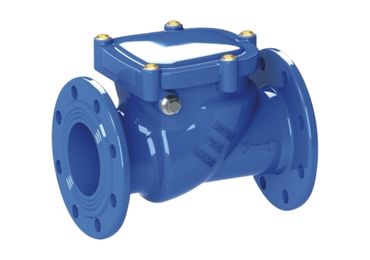
Cast Iron Non Return Valve

Non Return Rubber Seat Check Valve
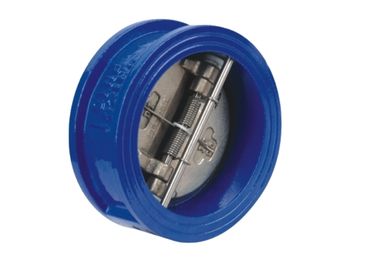
Non Return Wafer Check Valve
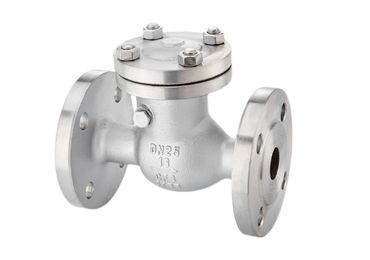
Non Return Lift Check Valve
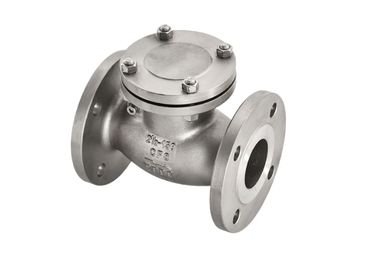
Non Return Swing Check Valve
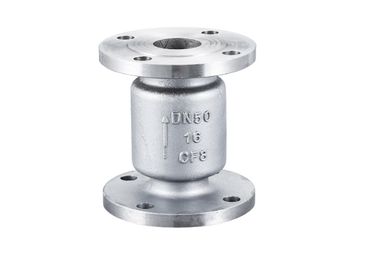
Non Return Vertical Check Valve
BCST Expert Non-Return Valve Supplier in China
BCST has a vast stock of non-return valves. We will do our best to meet your project schedule. BCST has strict quality control, ISO certified company making sure to provide an excellent product to you. 100% inspection before shipping to ensure the product meets your requirements. We offer fast delivery within seven working days.
As an expert non-return valves manufacturer in China, BCST supplies a complete package solution to various applications. Whether you’re an end-user or an engineering company, BCST will provide you with technical support. BCST non-return valves are widely employed within the process industry.
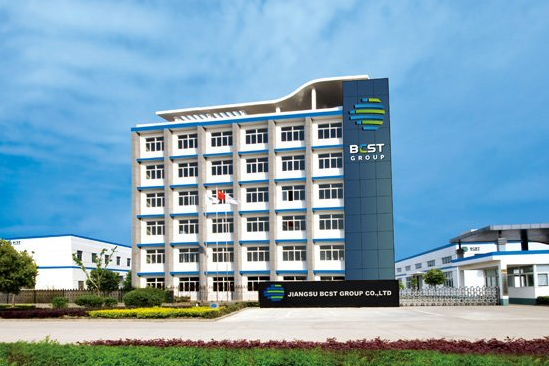
BCST Non-return Valve Quality Control
- Technical software caculation
- Technical team meeting
- CAD drawing confirmation
Raw Material Inspection
- Installation
- Calibration
- Chemical Analysis
- Mechanical Propery
- dimension Checks
- Visual Checks
- Non-destruction Examination
Inspection
- Shell test
- Sealing test
- Leakage test
- Air test
- Function test
- CNC machining
- Visual checks
- Dimensional checks
- Liquid penetration test
Pressure
- Surface Polish
- Painting
- Visual inspection
- Thickness checks
- Visual checks
- Liquid penetration
- Test
- Hardness test
- Lapping
- Dimensional checks
Packing
- Marking
- Exported wooden box
Get the Latest Catalogue Now!
BCST Non-return Valve Application
Non-return Valve -FAQ
Which applications are using a non-return valve?
Pumps:
Most pump applications consist of a non-return valve to avoid the backflow on the head of the pump. There is a non-return valve on the boilers’ feeding pumps to maintain the flow rate at the particular outlet of the pressure. You can also see the non-return valve in the chromatography process. It is the procedure conducted in the laboratory for purification purposes from the mixture.
Domestic purposes:
Sprinkler systems, heating the home systems, and expandable mattresses use the non-return valve. In some situations, the non-return valve provides safety to prevent contamination inside the water supply for domestic usage.
Industrial purposes:
In the fluid processing systems, including pharmaceuticals and power plants and the transportations’ fuel systems. They are using the nonreturn valve in the pipelines of their systems. The nitrogen feeding system uses the non-return valve in the dump lines in the nuclear industry. The non-return valve also helps in the systems of water control. The fuel injecting systems also use a non-return valve to operate along with the high-level pressure. It is used by aircraft and spacecraft while launching vehicles.
What benefits can you get after the installation of the non-return valve?
Following are the benefits you can receive after installing the non-return valve:
- The non-return valve works operatically
- The cost of maintaining the non-return valve is less
- Availability of non-return valve is in a variety of ranges
- The size of the non-return valve is compact enough
- There is a reduction in sudden failure of the valves by the non-return valve
- The non-return valve protects the pump, compressor, and other equipment
- It helps avoid the hammering of the water and energy-efficient
- Avoids the flow in the backward direction
- It is the best choice for pumping, water, and wastewater applications.
What are the uses and applications of the non-return valve?
From domestic to industrial usage, almost every system uses the non-return valve. Below is the list of systems using the non-return valve:
- Sprinkler systems
- Pumping systems
- Heating the house systems
- Boilers for the steam
- Nuclear industry
- Metering pumps
- Injecting the fuel systems
- Power plants
- Laboratories
- Pipeline systems
- Water controlling systems
How is the working of the non-return valve work?
The non-return valve is along with the spring for the opening when the differential static pressure is established (subtracting the valve of upstream pressure and downstream pressure). It is the production of the opening force (differential pressure multiplies with the cross-sectional area of the non-return valve) that starts to act as the closing force. The required opening pressure is dependent on the tension of the spring, size, and installation position of the non-return valve.
At the beginning of your application, build up the static pressure between the pressure generator and the non-return valve. After reaching the opening pressure and crossing the limit of the force, then there is the beginning of volume flow. The upstream pressure of the non-return valve starts to drop, so the closing force again disturbs the balance of the opening force to close the non-return valve. This procedure keeps repeating until and unless there is a large volume flow. It is due to the extra dynamic differential pressure and closing force being unable to close the non-return valve. It depends on the volume flow whether to open the non-return valve entirely or partially.
When the non-return valve opens partially, clattering occurs and reduces the volume flow. It is due to the effect on the non-return valve flapping on the seat. There is also a possibility that you can hear the humming sound frequently. It shows that your non-return valve is large and not suitable according to the requirements of the applications. Sometimes, you can listen to this noise while starting, shutting down, or partially loading the non-return valve. You can resolve this issue by decreasing the closing force and even using the non-return valve without the spring in the vertical pipes in the upward direction.
What are the instructions for the installation and operation of the non-return valve?
Position for installing the non-return valve:
- You can install the non-return valve in any of the positions.
- You need to install the no-return valve in such a manner that the arrow shows the flowing medium in the non-return valve
- The working pressure at minimal pressure is essential for operating the non-return valve
- The non-return valve can operate without the spring only when the pipeline is in a vertical direction pointing the flow upwards.
Installing instructions for the non-return valve:
- Before mounting the non-return valve, flushing the pipeline is very important, so it is easy to get rid of all the traces of residues (welding) and soiling.
- After removing the transportation packaging, make sure the flange connections are clean and no damage.
- You must check the clearing of the flanges is according to and facing the dimension of the non-return valve.
- Use an appropriate tool for properly spreading the flanges.
- The insertion of the flanges needs to be in between the non-return valve
- Inserting the nuts and screws for the flange connection is very important.
- Bring the non-return valve in the center through the usage of flange screws. The diameter on the outside of the non-return valve helps in complete centering.
- Eliminate the spreader and tighten all the screws
- The checking of the counter-flanges and non-return valve is necessary for the proper alignment
- The stipulation of the torque helps in tightening all the screws of the flanges in the cross direction.
Initially working of the non-return valve:
You can use the air or water to test the non-return valve. The remaining testing medium is on the surface that is in contact with the non-return valve. There is a possibility of some reactions along with the working medium. Giving priority to the initial working of the non-return valve, flush the pipeline effectively for the elimination of the soiling and protect the sealing surface from the damages. The non-return valve is always closed while testing the pressure of the system in the area of the pipelines.
Impermissible working of the non-return valve:
- No need to use the non-return valve in the cavitation region
- Don’t exceed the limit of pressure or temperature
- Stop every irrelevant particle on the surfaces of the sealing
Removal of the non-return valve:
Before proceeding with the removal of the non-return valve, make sure you depressurize the pipeline’s area. You must ventilate it if there is any toxic or dangerous medium. Remove the non-return valve by releasing all the screws of the flanges and properly spreading the mating flanges.
Repairing or disposing of the non-return valve:
After the disposal of the non-return valve, disassemble and clean the non-return valve properly. It helps protect from the injuries from the residue of the medium.
What are the ways to determine the location regarding installing a non-return valve?
The non-return valve is a valve that works automatically. It depends on the pressure of the medium flowing in the pipeline. It keeps pushing the disc for the non-return valve’s closing and opening of the non-return valve. The disc closes whenever the flowing medium stops. It also prevents the medium from flowing backwards in an effective manner. It also plays a main role in providing safety to the pipeline.
Ways for determining the location to install the non-return valve:
The reason for installing the non-return valve is to check the water flowing direction inside the water pump. And also, to make sure regarding the working of the water pump. Therefore, you can divide the position for the installation of the non-return valve into two conditions:
· Before the water pump:
The installation of the non-return valve is at the front of the water pump and the end suction pipeline. It is also known as the bottom valve. The reason is for filling the water without pumping it. Whenever there is no water inside the pump, and a suction pipe is in front of it, fill the pump with water for pumping the water.
· After the water pump:
The installation of a non-return valve in this method is above the liquid level, and you can call it the method of negative pressure. This methodology is easy and convenient whenever the liquid level exceeds the water pump. When the non-return valve starts or stops, it is not essential to close the outlet of the non-return valve of the water pump, particularly of the main pipeline.
Installation of the non-return valve and its advantages:
1) Installation of the non-return valve first and later the butterfly or gate valve:
Advantage: This protects the non-return valve, mainly when the pumps are in a parallel direction. If one pump doesn’t start, the outlet valve closes, and the other begins automatically. The gate or butterfly valve starts applying the force. If the non-return valve stops working, then the isolation system of the outlet and inlet of the non-return valve can be closed for repairing purposes.
2) Installation of the butterfly or gate valve before the non-return valve:
It helps protect the butterfly or gate valve then the non-return valve applies the force.
Add Your Heading Text Here
Lorem ipsum dolor sit amet, consectetur adipiscing elit. Ut elit tellus, luctus nec ullamcorper mattis, pulvinar dapibus leo.
What are the troubleshooting issues in non-return valve solutions of it?
Troubleshooting issues | Reason for the issue | Checking the non-return valve | Solution |
No sealing of the non-return valve | · Foreign particle trap inside the non-return valve · Residues on the seal of a non-return valve | · Running of the irrigation during the knock along with the hammer on the non-return valve · Unstoppable leakage from the backflow | · Opening the top cover of the non-return valve or removing it from the pipeline · Check if any foreign particles are present or not · Clean all the residues from acid or chlorine · Replace the parts or the seal of the non-return valve if it is necessary. · Change the non-return valve if you need to |
Leakage from the shaft | Damaging the shaft’s sealing | Opening the shaft’s plugs and must inspect the O-ring | Change the O-rings and assemble the non-return valve again |
The microswitch is not working properly | · Short circuits can be the reason · Incorrect position of the limit switch or adjusting inaccurately. · No discussion with the contacts in the “no flow” condition. | · Check the position of the limit switch manually multiple times, and the circuit stays close · Check the activation of the limit switch whenever the system starts to change the position from no flowing to flowing. · Closing the irrigation valve manually · The limit switch is stopping the pump | · Opening the microswitch to look for the exposing wire that is in contact. · Cutting off the damaged wires and connecting them again · Adjust the location of the wheel of the limit switch again o the switching starts at the correct timings. · Add the counterweight to the non-return valve for forcing all way around down towards the seat of the non-return valve. |
How can you maintain the non-return valve?
An experienced technician must carry out the repairing and maintenance work. While testing the non-return valve, the technician must be careful while putting the fingers in the closing system. Carefully manipulate the non-return valve and its components to stop it from being damaged.
Maintenance of the non-return valve:
- Use all the spare parts present in the maintenance kit
- The technician provides the datasheets to show you the list of spare parts
- The manufacturer’s serial number and reference number of the non-return valve on the identifying plate can be quoted to request the spare parts. Even you can claim or return any one of them.
- After the maintenance of the non-return valve, as the recommendation, test the non-return valve again by following the standards

